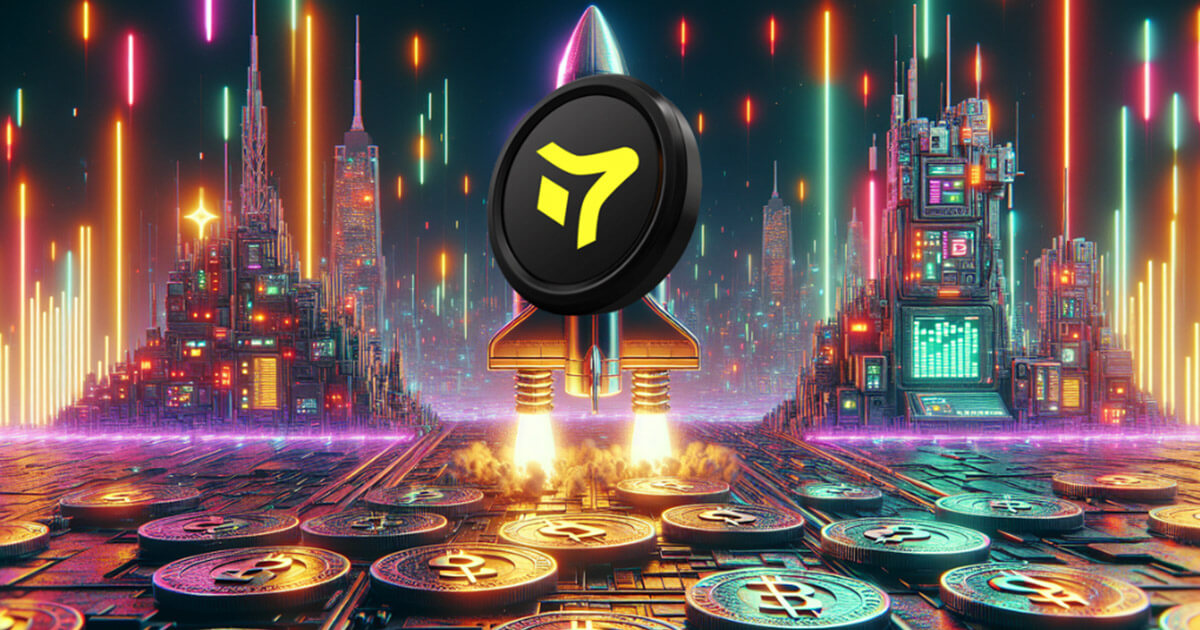Blast network reduces bridge process to 7 days, cutting withdrawal time in half
0
0

Ethereum Layer-2 (L2) network Blast has effectively cut withdrawal times in half by reducing the time it takes to bridge assets from Blast to Ethereum Mainnet to seven days from the previous 14 days.
Blast announced the update in a social media post on July 16 and explained that the reduction in bridge time comes after a thorough analysis of withdrawal activity over the past four months. The analysis showed core contributors that a smaller buffer would still accommodate nearly all withdrawal requests.
Previously, the 14-day bridging period was set to provide a buffer for Lido withdrawals, which Blast currently relies on for Ethereum yield. By reducing this period, Blast aims to enhance the efficiency and user experience on its platform.
However, the network added that the process may take more than seven days in “rare cases.” It also clarified that the reduction applies solely to bridging from Blast to Ethereum Mainnet, while transfers from Ethereum to Blast continue to take only a few minutes.
The announcement has been met with enthusiasm from the community, with many applauding the improved functionality. The move is expected to boost liquidity and flexibility for users leveraging Blast for their blockchain transactions.
The move did not cause a reaction in the native token’s price, with BLAST trading at $0.0169 as of press time — remaining below its initial launch price. The token was down 2.84% over the past 24 hours in contrast to the general market uptrend this week, based on CryptoSlate data.
Layer-2 classification
The network’s X, formerly Twitter, account recently removed mentions of “Layer-2” from its handle and details, prompting some to speculate that the rollup plans to become a standalone network.
However, Blast founder Tieshun Roquerre stated in a video that the network’s current implementation is as a Layer-2, but this could change in the future if it benefits the user and adds value.
He added that being an Ethereum Layer-2 is “an implementation detail” and that “it does not matter” whether a network is regarded as an L2 or not.
Blast’s recent vision statement from June supports this notion and claims that the network aims to become a “full stack chain” in the future.
The post Blast network reduces bridge process to 7 days, cutting withdrawal time in half appeared first on CryptoSlate.
0
0








